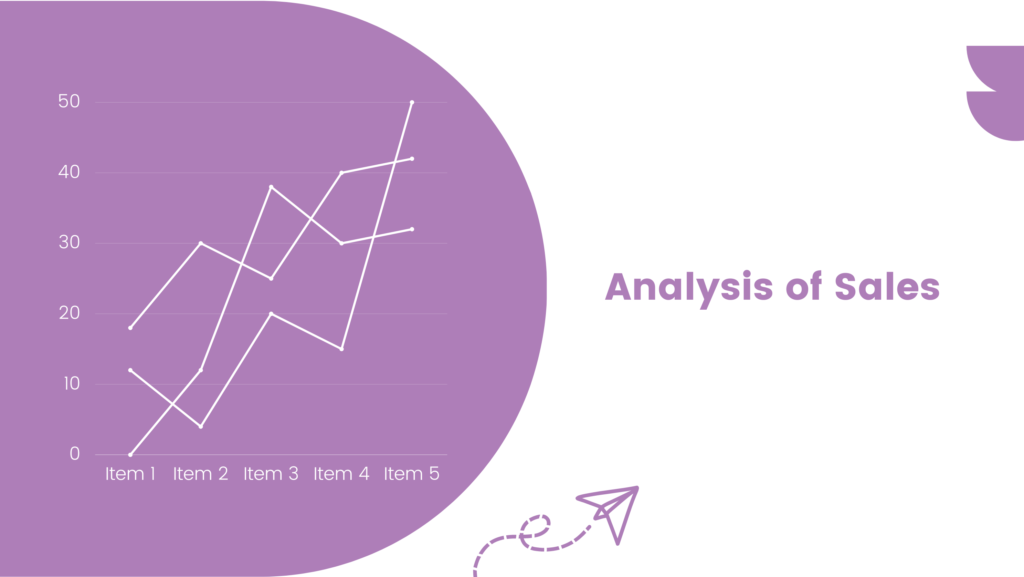Have you created an impressive ad campaign but still struggling to get the expected ROI? Well, in that case, it’s time to think out of the box and improve those ads for better results.
The competition for an online audience is getting fierce day by day. So, you need to put in a lot of effort to beat the competition and reach a wider audience.
Find below 6 proven ways to improve your online ad campaigns:

1. Create Multi-Channel Ad Campaigns
Your customers may reach you from across multiple platforms. They often start from one channel and finish using another. So, you have to be present at all touchpoints that your target audience may use to interact with your brand. That’s why you need to create multi-channel ad campaigns.
Multi-channel advertising involves using several distribution channels and promotional channels to spread a cohesive brand message. These generally include social media, email, mobile, and more. This marketing approach amplifies your campaign’s reach, thus increasing your conversion rate and boosting your sales.
Multi-channel ad campaigning has become a necessity because research shows that it takes 6-8 touchpoints to convert a prospect into a sale.
How to create your multi-channel ad campaign:
- Choose the right channels that help your brand get in front of your target audience.
- Set S.M.A.R.T. (Specific, Measurable, Attainable, Relevant, Time-based) goals for your campaign.
- Determine key performance indicators (KPIs) to measure the performance of your campaign.
- Create a consistent message, regardless of the channel, that resonates with your audience.
Your multi-channel approach will put you ahead of the competition. But it needs careful planning and expertise to do so.
That’s where Markopolo and BeProfit come in handy as it provides multi-platform support for advertising. BeProfit integrates with top advertising platforms, including Facebook, Instagram, Google, TikTok, Pinterest, Snapchat, and Bing Ads.
2. Track Your Ad Campaigns for Insights
Putting together a powerful ad campaign is critical for your brand. But tracking your campaign’s progress is equally important. Otherwise, how would you improve it?
Tracking your campaigns helps you figure out what works and what doesn’t. It also helps keep you from wasting your money. If you don’t measure it, you can’t manage it!
Here are the benefits of tracking your ad campaigns:
- Identify the right keywords. If the keywords you’re using aren’t driving your results, then you can quickly change them with better keywords.
- Perform A/B testing campaigns to identify the right media and content types that resonate with your audience.
- Understand your audience’s behavior and tell which parts of your campaign are effective and which aren’t.
All in all, by tracking, you can accumulate insightful data and improve your ad accordingly. Fortunately, there are many feature-rich and easy-to-use tools to achieve this purpose.
BeProfit gives you a detailed view of your ad performance per platform: Facebook, Instagram, Google, TikTok, Pinterest, Snapchat, and Bing Ads. By attributing UTMs to their corresponding entities, you can dive deeper into the performance of campaigns, ad sets, and individual ads. So, sync your ad platforms to get up-to-date reports and optimize them with UTM tracking.
Important Note: Avoid over-optimizing or changing your ad copy too often. Otherwise, you won’t be able to see long-term trends you can use to build better versions of your campaigns.

3. Don’t Forget Negative Keywords to improve Ad campaigns
Identifying the most profitable keywords is critical for your ads. It’s equally important to identify and eliminate keywords that don’t result in showcasing your ad. Otherwise, you might end up paying for clicks that never deliver the expected results.
To be specific, negative keywords prevent your ad from showing to the audience who browse content related to those keywords but are not interested in your products or services.
Benefits of adding negative keywords to your ad campaign:
Improve Click-Through Rate (CTR): Adding negative keywords ensures that your ads don’t run for irrelevant queries, resulting in uninterested impressions.
Relevant Ad Groups: You can create highly relevant ad groups, allowing you to craft a single message for the entire group of keywords.
Save Money: Since you don’t get useless clicks, you save a large amount of money by weeding out searchers who aren’t interested in your business.
4. Correspond Your Ad Strategy to Your Buyer’s Journey
An effective advertising strategy should be customer-centric. So, your ad strategy should align with the buyer’s journey.
The buyer’s journey involves steps prospects take before converting into customers:
Awareness: Buyers become aware of the problem your brand solves. Generate customized ad content that recognizes this issue.
Consideration: Buyers consider options to solve the problem. Your ads should demonstrate your ability to solve the problem.
Decision: Buyers evaluate the provider best suited to deliver the solution. At this stage, your content should help them make an informed decision.
In this way, you can craft personalized and targeted ads that drive better results and higher conversion rates.
5. Use a Centralized Product Catalog
A centralized product catalog helps you easily display product pricing and other info in your campaigns.
You can deliver a positive customer experience by providing all the essential information buyers need for an informed decision.
Also, you can easily decide which products to feature, which is helpful, especially for multi-channel campaigns, because you can easily match product images to the right platforms.
You can easily streamline some of your ad creation activities. Otherwise, you’d be stuck in inefficient processes consuming your time and valuable resources when changing product-specific aspects of your campaigns.

6. Perform Competitive Analysis
Your competitors can become your sources of inspiration and knowledge for curating success-oriented ad campaigns. So, conduct a competitive analysis to gain an in-depth understanding of strategies being used by your top-performing competitors. It’s about modeling their success for your benefit.
You can use Koala to perform competitive analysis and run successful paid ad campaigns. The tool helps discover successful paid ad campaigns your competitors are running on Google, Facebook, & Instagram. Accordingly, you can launch your own paid ads.
Final Thoughts to improve Ad campaigns
Following the above tips, you can create and execute ad campaigns that attract, engage, and convert your target audience. Optimizing your ads helps drive higher revenue. Make sure you use the right strategies and tools!







